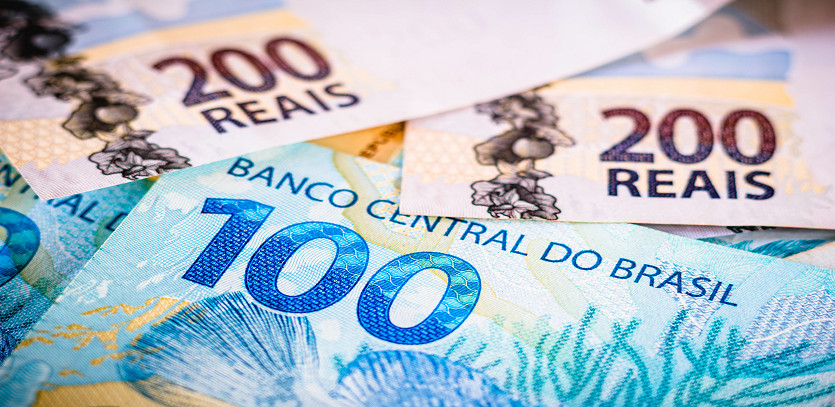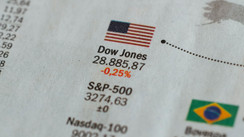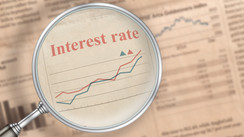The Brazilian Real: A Brief Introduction
The Brazilian Real, Brazil's official currency, subdivides into 100 centavos and is issued by the Central Bank of Brazil (BCB). Born in 1994, replacing the cruzeiro real, the Brazilian real is a young currency. In the years since its birth, the real has proven to be relatively stable, thanks to the BCB's stringent inflation control measures and initiatives to make it more appealing to investors.
A Glance at the Current State of the Brazilian Real
At present, the Brazilian real is being traded approximately at 5.00 against the US dollar. While it showcases relative stability as of late, the real remains vulnerable to shifts on account of varying factors. These factors include the health of the Brazilian economy, global economic conditions, and Brazil's political scenario.
Future Perspectives on the Brazilian Real
Forecasting the future of the Brazilian Real holds some degree of uncertainty. While some financial experts predict a long-term stability, others anticipate a potential weakening due to looming economic challenges in Brazil.
Key Analytical Indicators for the Brazilian Real
For analyzing the Brazilian real, various technical indicators pave the way. Commonly used indicators include: Moving averages: These can help pinpoint trends in the real's price. Bollinger bands: These can help identify times when the price of the real is overbought or oversold. Relative strength index (RSI): This measures the momentum of the real's price. Stochastic oscillator: This tool also identifies overbought and oversold conditions in the price of the real.
Considerations While Trading the Brazilian Real
Trading the Brazilian real requires you to take several factors into account: Brazil's Economy: As Latin America's largest economy, Brazil's economic health significantly impacts the real. Global Economic Environment: The state of the global economy influences the Brazilian real. For instance, a thriving global economy might strengthen the real. Political Stability: Brazil's political environment is a crucial factor. Political instability might weaken the real. Interest Rates: Interest rates in Brazil also play a role in the value of the real. Higher interest rates could lead to the appreciation of the real.
Conclusion
Ultimately, the decision to buy or sell the Brazilian real depends on individual investors. Careful research and professional financial advice should precede any investment decisions. The Brazilian real is a multifaceted currency that demands a flexible approach. Following the recommendations mentioned can help increase your success rate.





